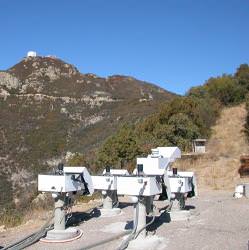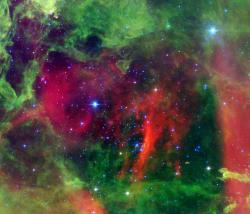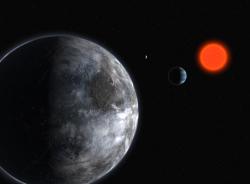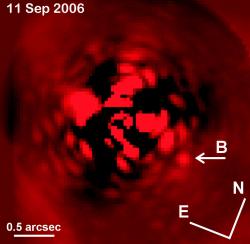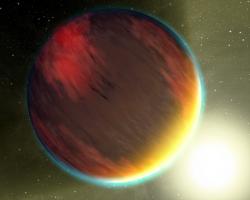All right, this article from NASA is totally pandering to my Star Trek geekiness. I know I’m being manipulated, but I just… can’t… resist. According to NASA, their upcoming SIM PlanetQuest mission should be able to find Star Trek’s planet Vulcan. You know, Spock’s home?
Okay, I’ll try and put this into some kind of scientific justification. The SIM PlanetQuest is a new mission in the works at NASA. If all goes well, and it doesn’t befall the fate that struck the Terrestrial Planet Finder, it will launch into an Earth-trailing solar orbit. Once fully operational, it’ll be able to detect potentially habitable planets as small as the Earth around nearby stars.
Here’s the Star Trek angle. One of the stars that it’ll be able to detect Earth-sized planets around will be 40 Eridani, a triple star system located about 16 light-years from Earth. In the Star Trek universe, the planet Vulcan, home of Spock, orbits the star 40 Eridani A, which is part of this system. So, if all goes well, SIM PlanetQuest will be able to find an Earth-sized world, in the habitable zone around 40 Eridani A. It’ll find Spock’s homeworld, get it?
If the Terrestrial Planet Finder does get brought back from canceled status, it’ll be able to take this research to the next level, and actually search for signatures of life around any worlds which are discovered.
Original Source: NASA News Release




